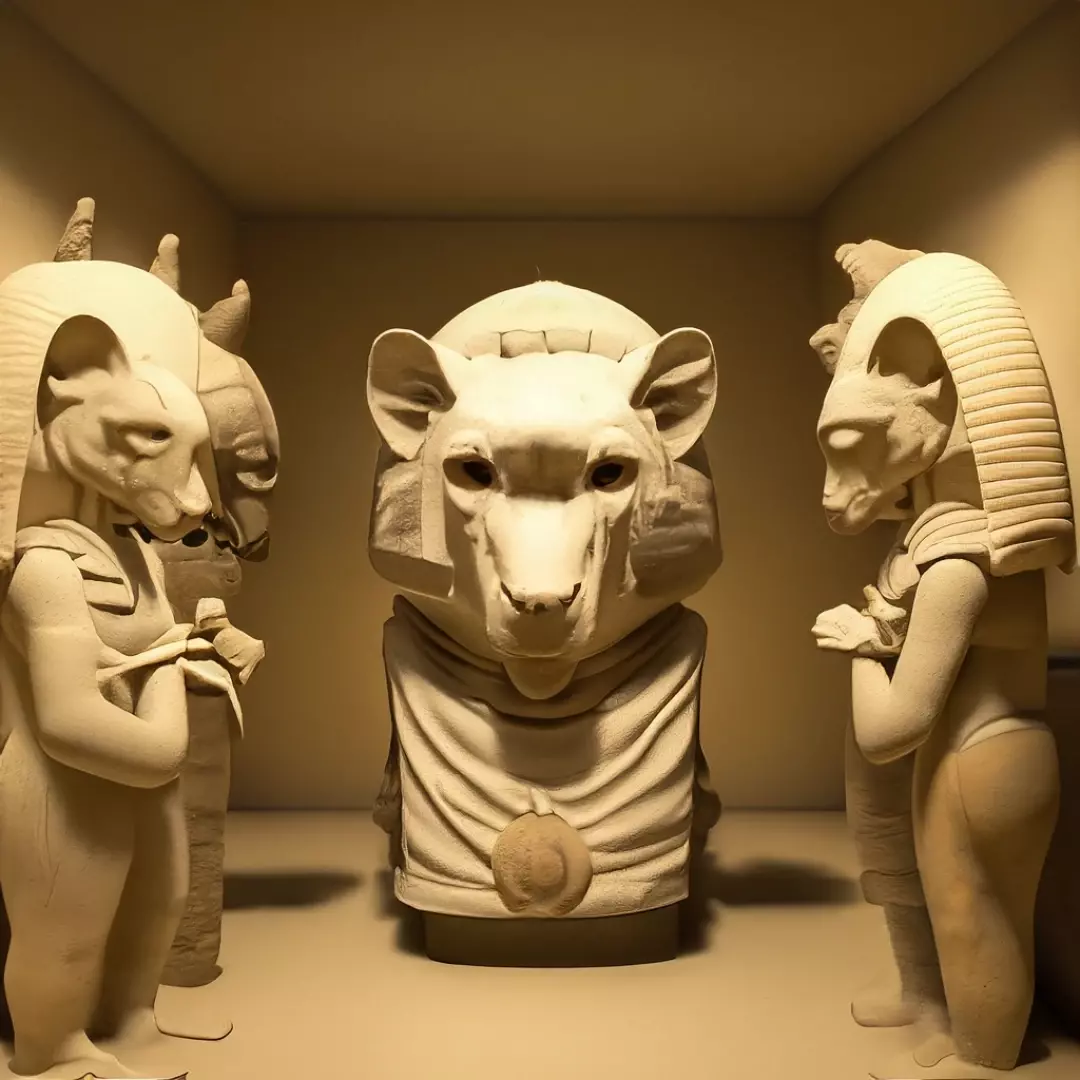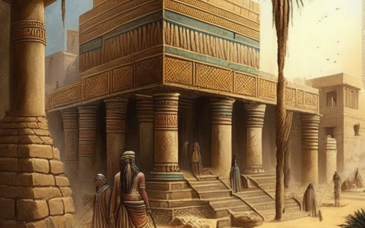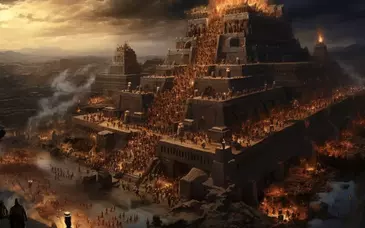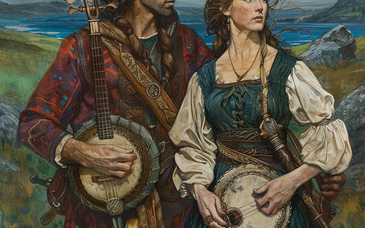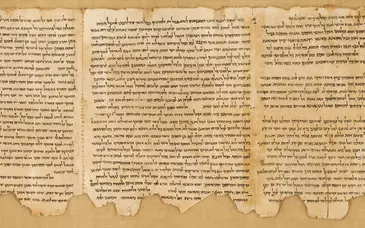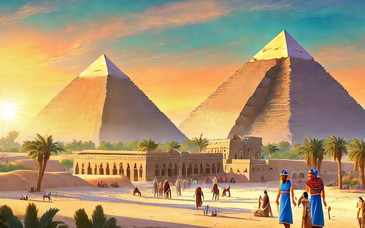The Animal Mummies Project at the Cairo Museum is a pioneering initiative dedicated to the study and preservation of ancient Egyptian animal mummies. Housed within the iconic Cairo Museum, this project focuses on unraveling the mysteries surrounding the practice of mummifying animals in ancient Egypt, shedding light on the cultural, religious, and ecological significance of these artifacts.
Animal mummies were a prevalent aspect of ancient Egyptian religious practices, representing offerings to various deities and embodying the idea of life after death. Animals such as cats, birds, dogs, and even crocodiles were mummified in intricate rituals, often to be placed in tombs alongside human mummies or offered at temples.
The Animal Mummies Project involves multidisciplinary research, including archaeological, anthropological, and scientific analyses. Through advanced imaging techniques, DNA analysis, and other modern technologies, researchers aim to understand the species, age, health, and even the breeding origins of the mummified animals. This provides valuable insights into the natural environment of ancient Egypt and the close relationship between humans and animals during that time.
By studying animal mummies, the project contributes to our understanding of ancient Egyptian beliefs, religious practices, and the intricate cultural tapestry of the civilization. It also raises awareness about the importance of conservation efforts for these fragile artifacts.
The Cairo Museum's Animal Mummies Project bridges the gap between ancient history and contemporary science, enriching our knowledge of the past while highlighting the collaborative efforts required to preserve and learn from these unique relics of a bygone era.
